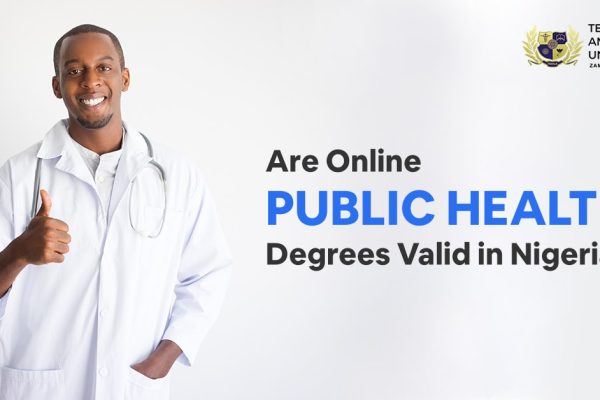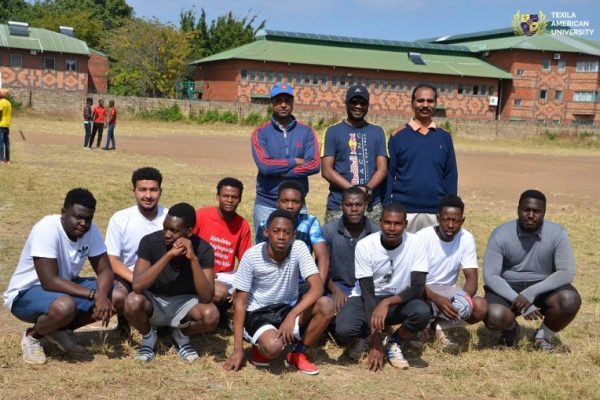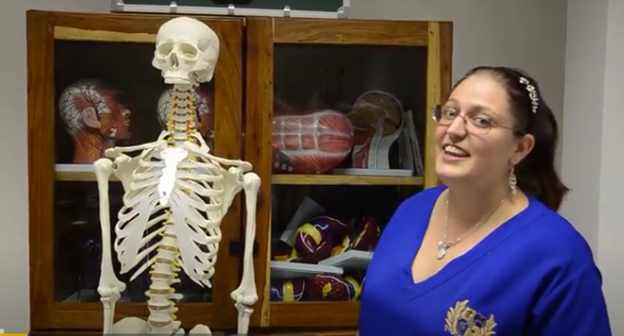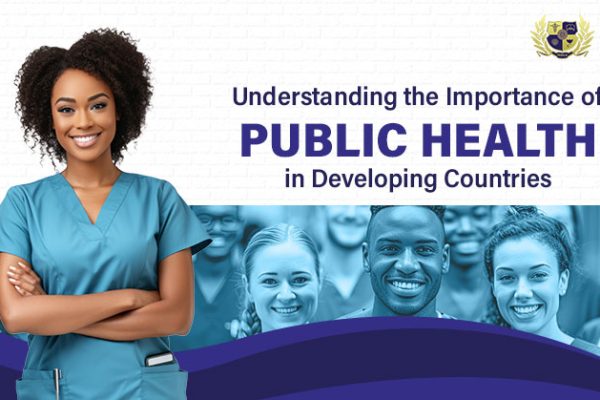|
Tired of Reading? Please listen to the blog
|
Blog Summary
Novel Coronavirus (2019-nCoV) is a global epidemic that originated in the city of Wuhan in mainland China. It’s part of the family of SARS and MERS viruses. Known to have originated from animals, specifically bats, the current 2019-nCoV also crossed over from animals. Vaccines are developed jointly by many south-eastern countries to bring the situation under control. Its spread by the dispersed droplets during cough or sneezing or unprotected physical contact or through body fluids or making contact with the surface and then touching your face. Symptoms include general cold- or flu-like symptoms, which sets in within two to four days after infection. However, symptoms vary from person to person. Frequently washing hands, covering your mouth and nose while sneezing and maintaining social distance keeps you safe from the virus.
What Is Coronavirus?
Novel Coronavirus (2019-nCoV) is a global epidemic that originated in the city of Wuhan in mainland China. It was initially reported on December 31, 2019. It has affected over 28,348 worldwide and has claimed over 500 lives globally at the time of writing. Currently, there is no cure or preventive medicine to treat this deadly virus.
Many countries like the UK, the US, and Canada have requested their citizens to return back to their home country if their presence on Chinese soil is not essential. World Health Organization (WHO) has also declared a global health emergency over the virus.
History and Origin of the (2019-nCoV) Virus
Coronavirus is a part of the same family of SARS (severe acute respiratory syndrome) and MERS (Middle East Respiratory Syndrome) viruses. They have been known to originate from animals, specifically bats, in 2003 and 2012, respectively. The current 2019-nCoV is also known to cross over from animals. It is reported that the first cases of the virus originated from workers from the seafood market in the city of Wuhan.
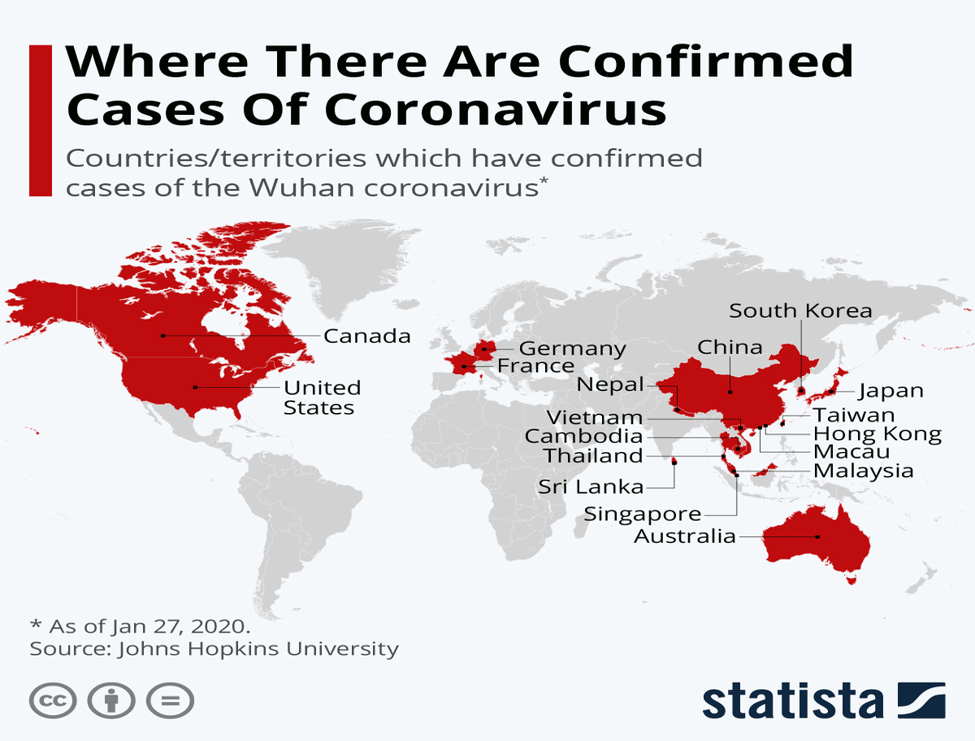
Countries That Are Reported to Have Active Patients
- China
- Japan
- Singapore
- Thailand
- South Korea
- Hong Kong
- Australia
- Malaysia
- Taiwan
- USA
- Germany
- Macao
- Vietnam
- France
Source: worldometer
Cure and Prevention
Vaccines are being developed jointly by many south-eastern countries to bring the situation under control. A WHO senior leadership team, led by Director-General Dr. Tedros Adhanom Ghebreyesus, met with President Xi Jinping of the people’s Republic of China in Beijing on January 28, 2020, to discuss upon collaboration to contain and strengthen the public health measures.
Scientists in Melbourne, Australia, have re-created the Wuhan coronavirus outside of China.
This will significantly improve the investigation and diagnosis of the virus on human beings and ultimately aid in the creation of an antibiotic for the infection.
Transmission
Although not much research has been conducted on this issue of coronavirus, it is found to spread in the following ways:
- Coughing and sneezing without covering the mouth and nose can disperse droplets into the air. This is considered the primary cause of the spreading of the virus.
- Unprotected physical contact such as touching and shaking hands with an infected person can transmit the virus from the infected to the uninfected.
- Making contact with an object or a surface that has the coronavirus and then touching your eyes, nose, or mouth is also a way the virus can affect its victims.
- On rare occasions, the coronavirus is known to spread through unprotected physical contact with feces and other bodily fluids.
Symptoms
Generally, cold- or flu-like symptoms are reported to set in from two to four days after infection of 2019-nCoV. However, symptoms may vary from person to person.
Symptoms include:
- Sneezing
- Runny nose
- General fatigue
- Loss of appetite
- Cough and fever
- Sore throat
- Shortness of breath
- Exacerbated asthma
Currently, at the time of writing, there is no cure. Therefore, treatments for the time being only include taking care of yourself and some general medical drugs sold for general fever. WHO has introduced strategic objectives for the people to follow to avoid getting infected, which can be found here.
Precautionary Measures to Be Followed
WHO has also released preventive steps one can take to safeguard themselves and control the spread of the virus.
- Frequently clean your hands using alcohol-based hand rub products like hand sanitizer gels or wash your hands with soap and water.
- When coughing or sneezing, cover your mouth and nose with your hands or elbow to prevent the spread of any infection.
- Use a tissue to clean yourself if there is any bodily fluid after a cough or sneeze and dispose of it in a closed bin.
- Avoid contact with anyone who has a fever or a cough.
- If you have difficulty breathing, fever, or cough, seek medical attention as early as possible.
- During the check-up, share information about any recent travel, if any, to help them assess the situation better.
- If you have been infected, stay home until full recovery to help contain any infections.
- Rest and avoid overexertion; make sure to keep yourself hydrated adequately.
- Avoid smoking and smoky areas.
- Avoid unprotected physical contact with others and objects used by others.
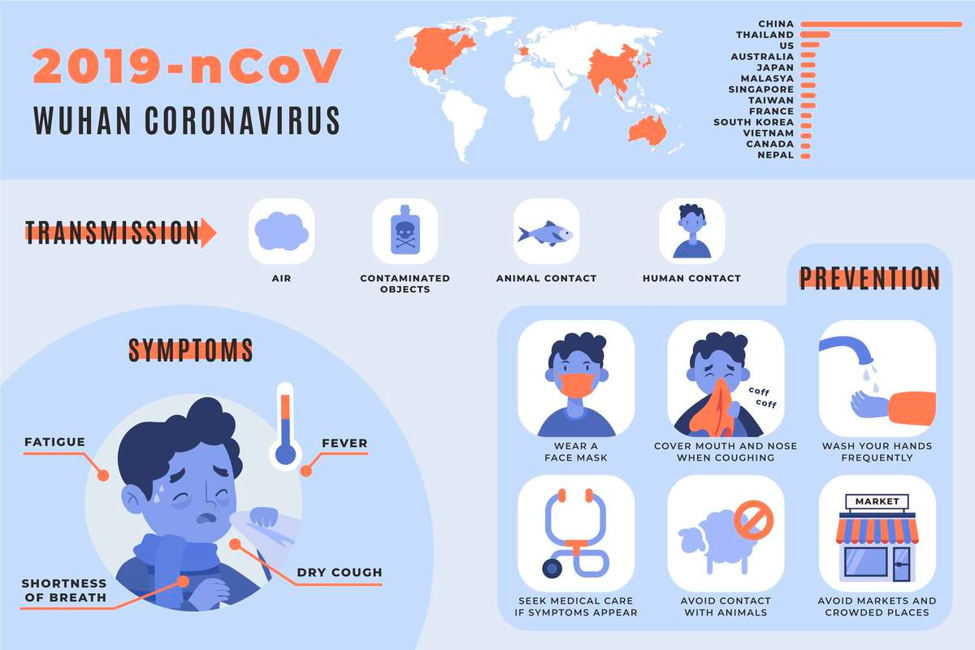
As the world comes together to fight this deadly epidemic, we have to do our part in creating awareness and following proper procedures to keep our loved ones and ourselves safe.








